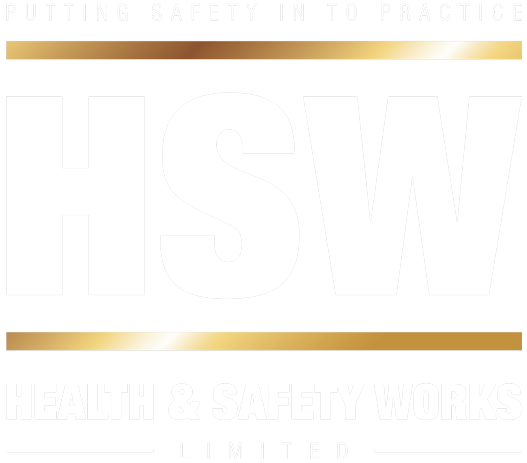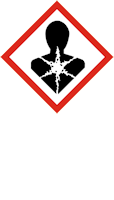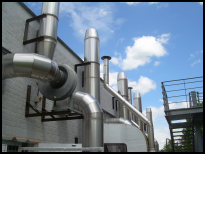Dangerous Substances Explosive Atmospheres Regulations 2002
The definition of a ‘dangerous substance’ is a substance (liquid, solid or gas) that could cause harm to people as a result of fire, explosion or uncontrolled chemical reaction. This wide-ranging definition includes, for example, solvents, paints, LPG, solid plastics and wood/plastic dusts that can explode. An ‘explosive atmosphere’ is simply a mixture of a dangerous substance in air, which has the potential to catch fire or explode.
Interestingly there is no minimum storage quantity stated in the Regulations, nor minimum flashpoints, instead the test is simply whether the substances could ‘cause harm to people’.
If the quantities are relatively small, DSEAR assessments are often done in-house as the precautions and actions required to control the risk can be straight forward.
For example:
- minimising quantities
- safe storage
- adequate ventilation
- ignition sources are controlled.
Where larger quantities are stored or used, many organisations use the service of a H&S consultancy (with credible DSEAR experience) to complete their assessment.
The DSEAR Assessment will involve, but may not be limited to:
- ensuring storage complies with legal standards of construction
- that relevant safety distances are met
- mapping the required DSEAR safety zoning around storage and processes is completed
- establishing the required ATEX category of electrical equipment
- ensuring the correct ventilation levels are maintained
- advice on control of static electricity
- other business specific precautions.
Where significant new storage facilities, installations or processes are proposed, it is worthwhile seeking initial advice from a reputable H&S consultancy before the detailed design stage. This can save time and money by
checking the viability of the proposal from a safety perspectivehighlighting the relevant legal and industry standards
This may prevent concerns and remedial works later.
If you have any concerns, there is extensive guidance, widely available from the HSE’s website.
Or if you would like to discuss your Fire and Explosion arrangements with an experienced member of the team, please call us direct. We’ll be happy to help.






